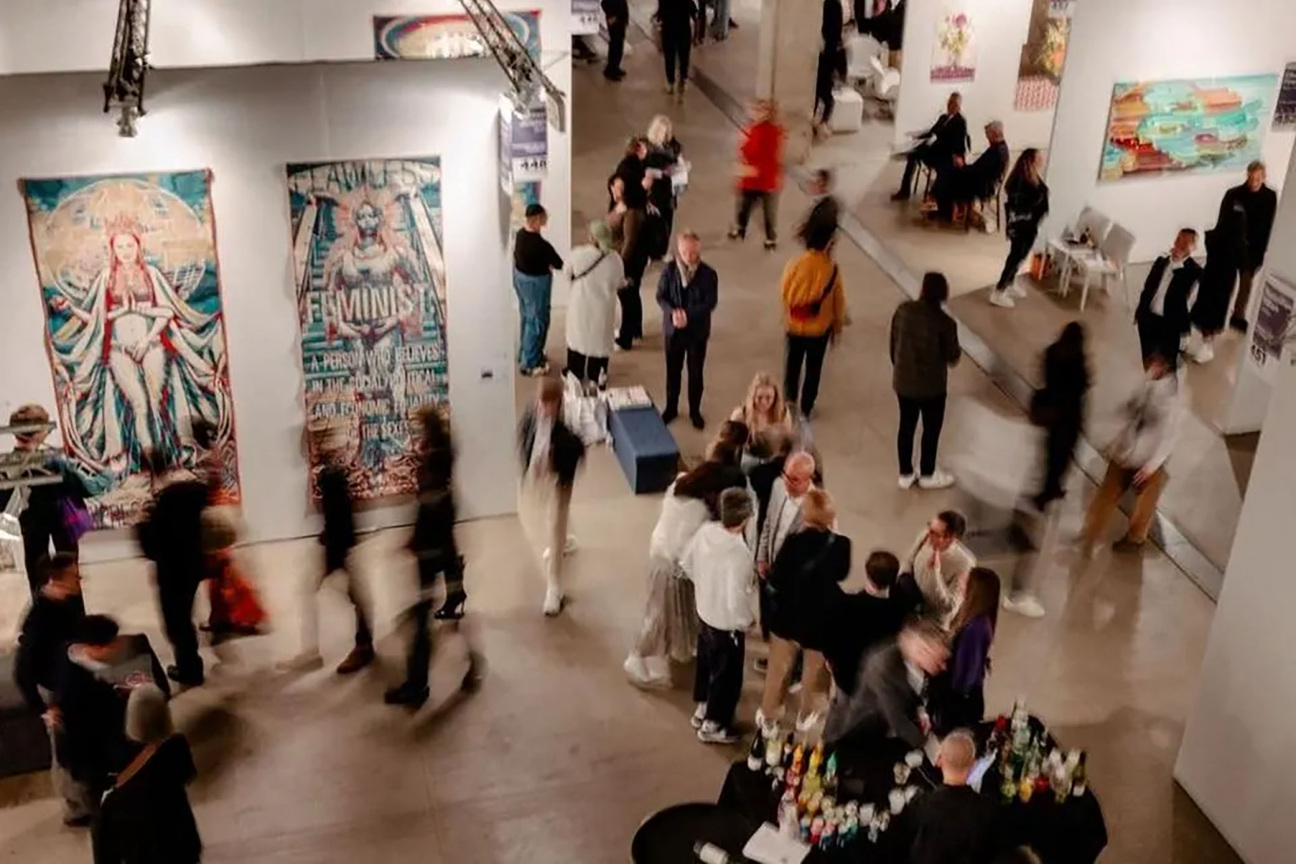
Chicago’s art world doesn’t orbit the usual gravitational pulls. It bends them—quietly, insistently, and often out of view. This isn’t a city of spectacle so much as one of circularity, where scenes are built not in headlines but in museum galleries, studio side-conversations, and the homes of devoted patrons. To mark Expo Chicago’s return, CULTURED revisited our interviews with the voices who’ve shaped the city’s cultural pulse—collectors, curators, artists, and other insiders whose reflections form a kind of living map of the places and people who guide their trajectory. They've painted Chicago not as a place chasing relevance, but defining it—on its own terms, in its own tempo.
Easy Otabor, Anthony Gallery founder
“Chicago is a little bit older and more mature. There are a lot of OG collectors that are just behind closed doors. In New York and LA, you see a bit more young people, you see the up-and-coming art collectors. Whereas in Chicago, it’s more of a 'if you know you know' kind of thing. That’s my biggest thing with Anthony Gallery, trying to create more bridges, more access points, where we can see more new collectors.”
Abby Pucker, Gertie founder
“I could talk about [the art scene] forever. Chicago is the place that has always been a center of innovation and of building things, building tangible things. It has always been a place of industry, trade, and retail. No one's waiting on a system here; everyone is doing it with the resources they have, and they're not waiting for someone to tell them they can. I see [my collection] very much as a way to invest in a person, and a person's growth. I have been specifically focused on looking at Chicago artists. It's super important to me that we grow the ecosystem of collectors here that don't feel like they have to go to New York, LA, or London to build a great collection.”
Megan Green Rogers, collector
“[The Chicago art scene has] authenticity. The character has much in common with the city’s midwestern values of hard work, humility, and community, which feels like a contrast to New York and LA. I was very fortunate to have grown up with parents who collected Pop and Postwar American. They were heavily influenced by their dear friend and Chicago legend Stefan Edlis, who inspired them to start collecting in the ‘80s.”

Nick Cave, artist
“I love my chosen home: Chicago. It's got everything in an excellent way, from art and artists working here to inspirational architecture throughout the neighborhoods. It’s home to big events like Expo Chicago and the Chicago Architectural Biennial as well as being a fertile ground for dance, music, theater and fashion, too. And Art on theMART is the largest permanent digital art projection in the world, located on Chicago’s iconic riverwalk.”
Jeanne Gang, architect and Studio Gang founder
“It’s like living in a three-dimensional encyclopedia of skyscrapers. You can see every innovation that has ever been developed from the first tall building to the latest. The other thing I like is that it is a place where it is easy to work, to make things, and to engage with culture and creative people on a daily basis. I’m a museum junkie, and I like visiting all the museums: the DuSable, the Field, the Art Institute, and the Smart—it’s impossible to pick a favorite! And I also like theater; Writers Theatre is number one for me.”
Carla Acevedo-Yates, MCA Chicago Marilyn and Larry Fields curator
“There is a rich history of artist-run spaces in Chicago; for decades they have played an important role in the local arts community by exhibiting both established and emerging artists. They are experimental spaces for the presentation of contemporary art, but also social spaces for gathering and conversation.”
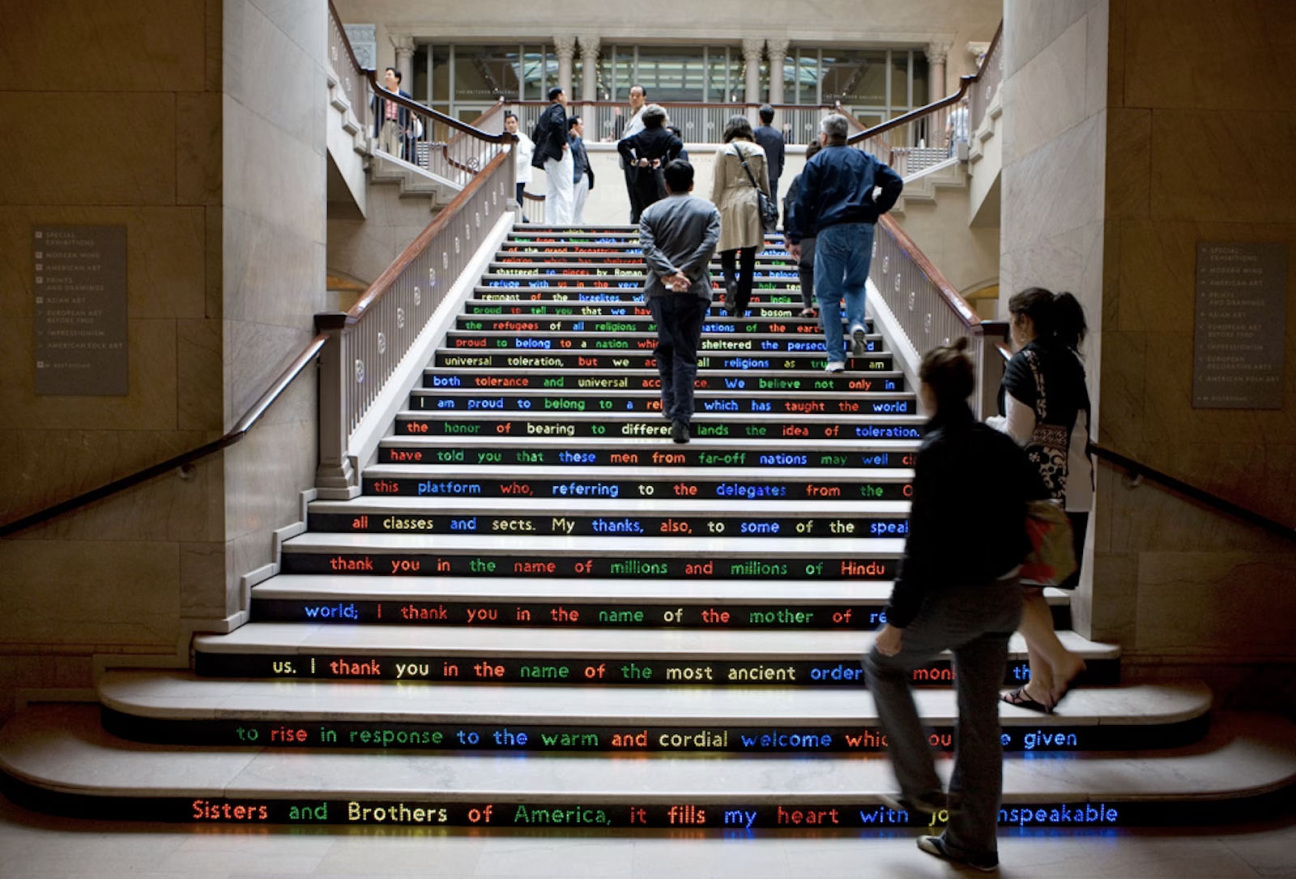
Grace Deveney, Associate Curator of Photography and Media at the Art Institute of Chicago
“One thing that excites me about organizing shows in Chicago is that the audience is really a mixed bag of art professionals: art enthusiasts who come to museums for their art education and people who want to experience something entirely outside of their routine. Also, because there are so many artists in Chicago—and so many artists the world over have trained here—the audience has a keen interest in the role the city has played in art history.”
Stephanie Cristello, curator and former Expo Chicago artistic director
“Working between institutional and commercial structures fluidly is a hallmark of how Chicago itself operates and always has been. Yet I would say that Expo has undoubtedly renewed this energy since launching, and particularly over the past five years. Intellectually, there’s a constant demand throughout the city for more challenging exhibitions and programs, and the exposition is no exception. The main difference is the agility in the schedule that an exposition can maintain, that would be difficult for institutions that have to plan their program two to three years out to have—my hope is that the level of artists and works we feature each September within the program is reflective of current issues and creates a context within which the strength of our exhibitors’ programs can be viewed.”
Montague Hermann, Montague Contemporary founder
“I think there's something in the soul of Expo. That's a distinction between [Expo] and a lot of the other Frieze events that I've been at. It’s not about looking, it’s about being seen. This fair is nice because people actually come to look.”

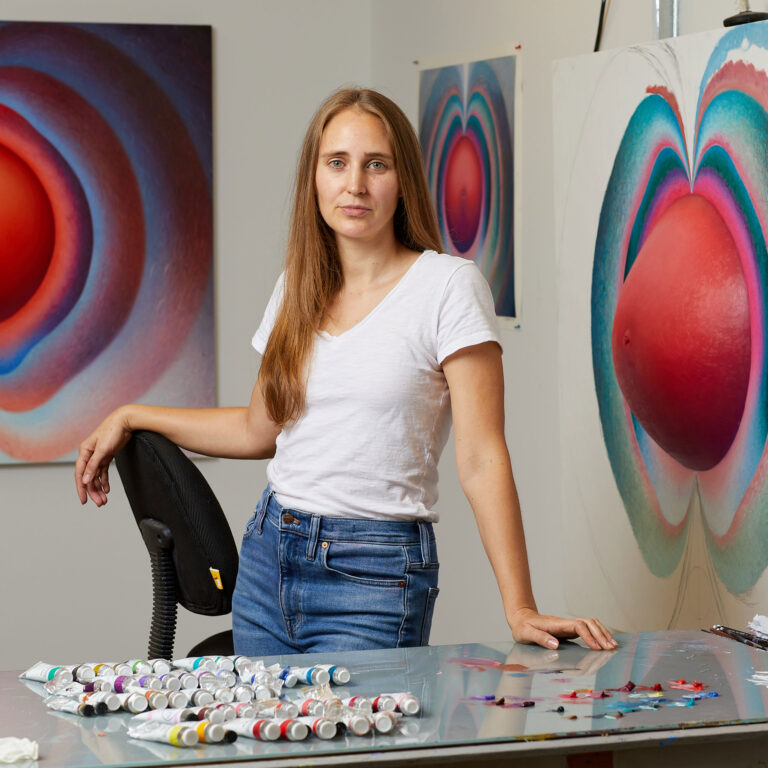
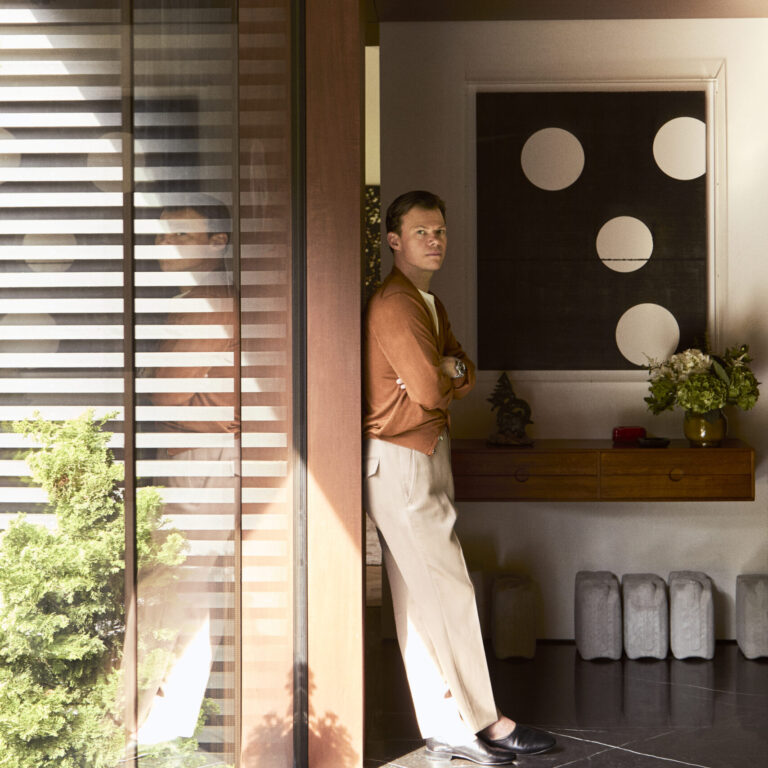

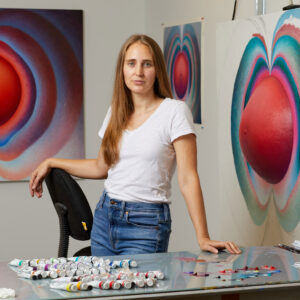



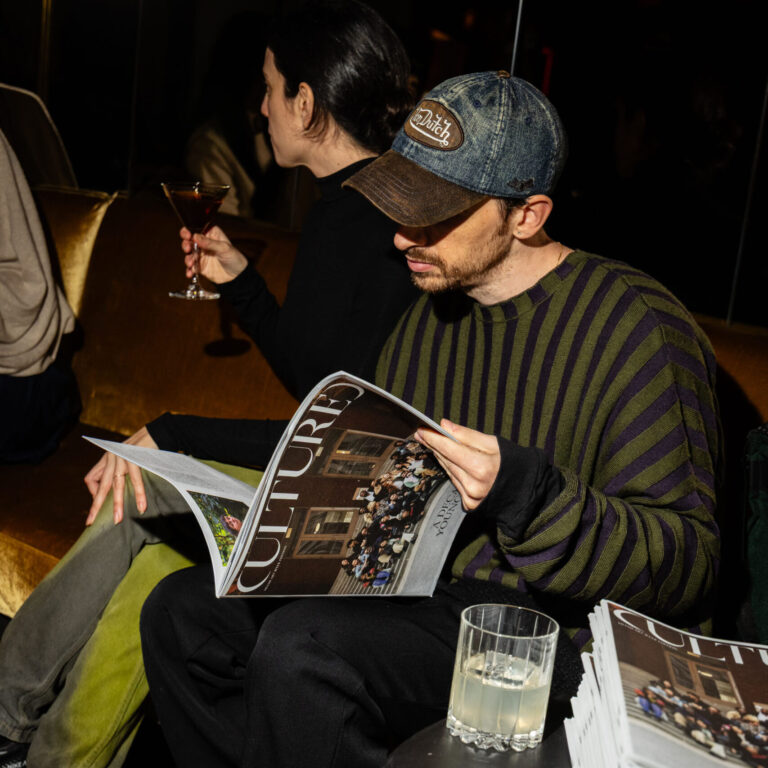

 in your life?
in your life?

